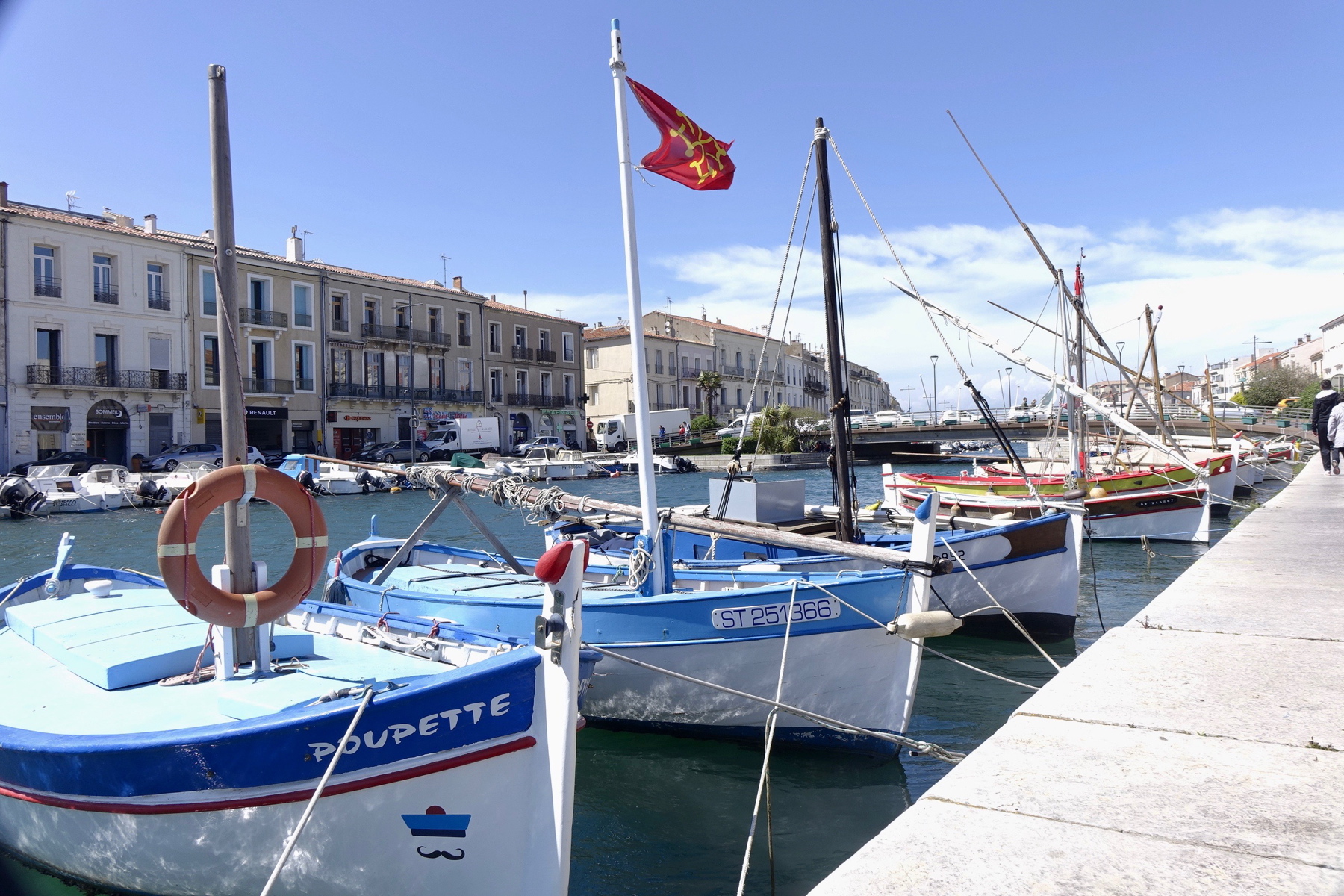I slouched through school feeling ashamed with three strikes against me: tall, smart and athletic. Not cool. In the 70’, girls pursuing advanced careers in sports or academics were scorned minorities. Fast-forward four decades. Our Franco-American daughter, Nathalie stood proud, set shot blocking records in college and aced medical boards, playing the game her way.
Ironically, I, who grew up with hospital phobia and feared white coats, gave birth to a doctor. Yet in retrospect, I saw the makings of a medicine woman early on. As a precocious child, Nat spoke two languages, read books at the dinner table and excelled in her studies. As a youngster, she had an innate ability to sense others’ pain. She held her great grandpa’s hand when his footsteps faltered from Parkinson disease and leaned her head into Great Grandma’s shoulder to make her feel special. She distracted her little brother when he threw tantrums and settled squabbles between cousins.
Fascinated with body parts and blood cells, she insisted we read « The Way Your Body Works » over and over again in childhood. While I cringed at the word science and the sight of blood, she loved chemistry and biology, mixing chemicals and dissecting animals.
She paved her own path sans doctors in the family on either side. Born of blue collar and modest teachers’ families, she jumped social classes to become a doctor of medicine, following her dream 4,000 miles away from home.
I marveled at her persistence; the greater obstacle, the harder she grit her teeth. The night her college team got knocked out of the conference championship, she mourned the end of her basketball career. Yet hours later, she cracked open books and crammed for the biochem exam scheduled for 8 am the next day. She survived four years of boot camp for doctor wannabees in the grueling med school program enduring thirty-hour shifts and studying every free second. Med school is intense from the get go. …First day meet body buddies, second day meet body – as in cadaver.
The afternoon of Nat’s graduation from the University of Minnesota Medical School, her dad and I stayed up late in Switzerland to watch live on webcam. When they announced, « Doctor Nathalie Lechault » and she stepped forward to be hooded, my throat tightened. I blinked back bittersweet tears filled with awe.
In 2011, nearly half of the 238 students in Nathalie’s graduating class were female. From the Susan B. Anthonys and suffragettes of the late 1800s, to the Rosa Parks of the civil rights, to the Gloria Steinems of the liberation movement – hats off to all the women, who dared to think outside the box, who dreamed big, who helped give birth to our alpha daughters of the 21st century.









